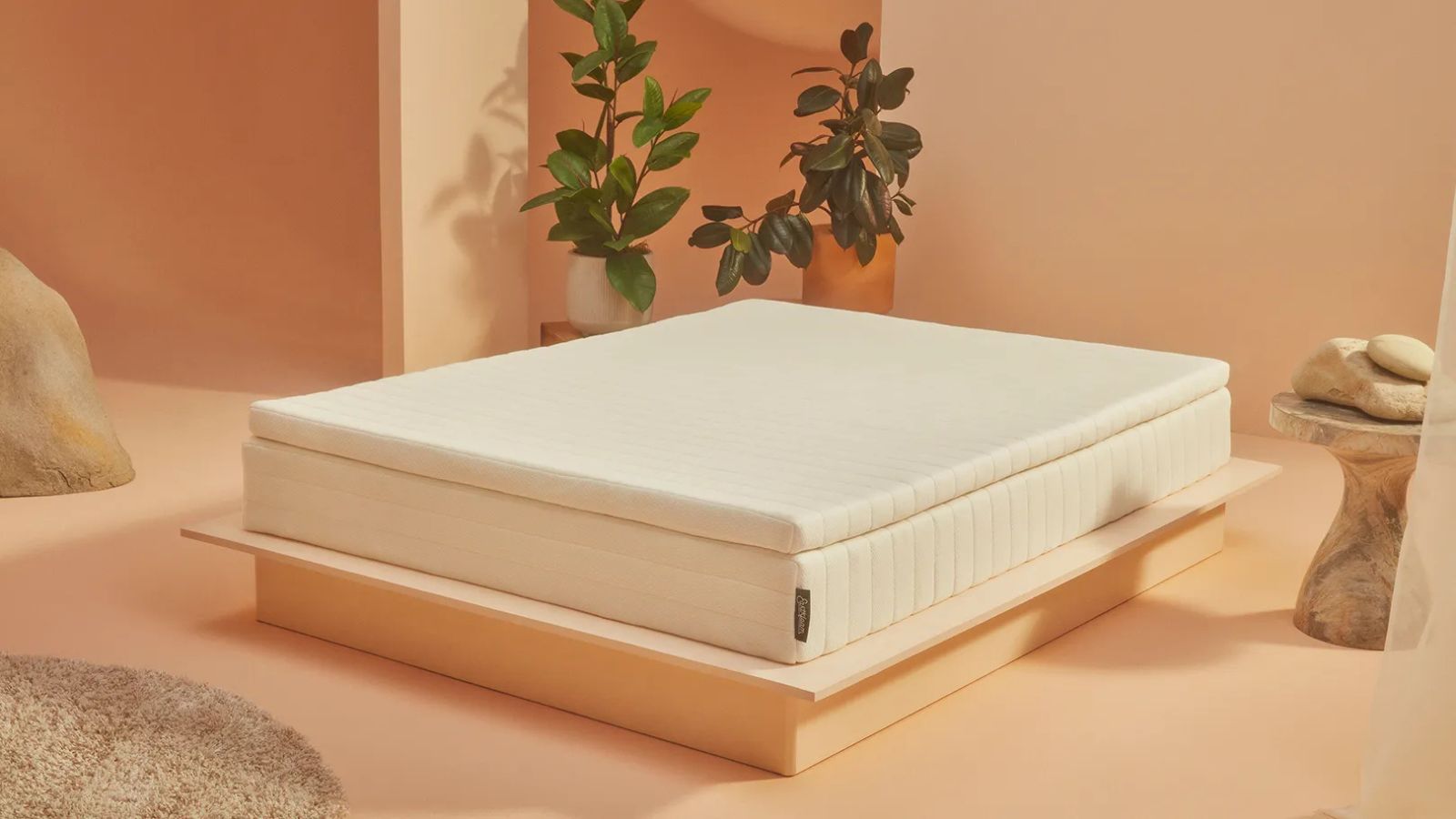
Softer than your old innerspring and more sustainable than your average hybrid or memory foam model, a latex mattress offers something for everyone. Especially as we head towards warmer weather, I appreciate the natural breathability of latex.
As mattress types go, latex is relatively rare. You won't find a latex mattress in any old sleep store, which goes some way to explain why some shoppers are skeptical of latex.
So, to settle the debate, I asked my expert panel of mattress manufacturers: 'is it good to sleep on latex?' I've learned all about how latex mattresses are made, how they feel, and their ecological impact. I've combed through our back catalog of reviews to bring you the best mattress for every sleep style, including latex options and eco alternatives.
Is it good to sleep on latex? Our Sleep Editor investigates
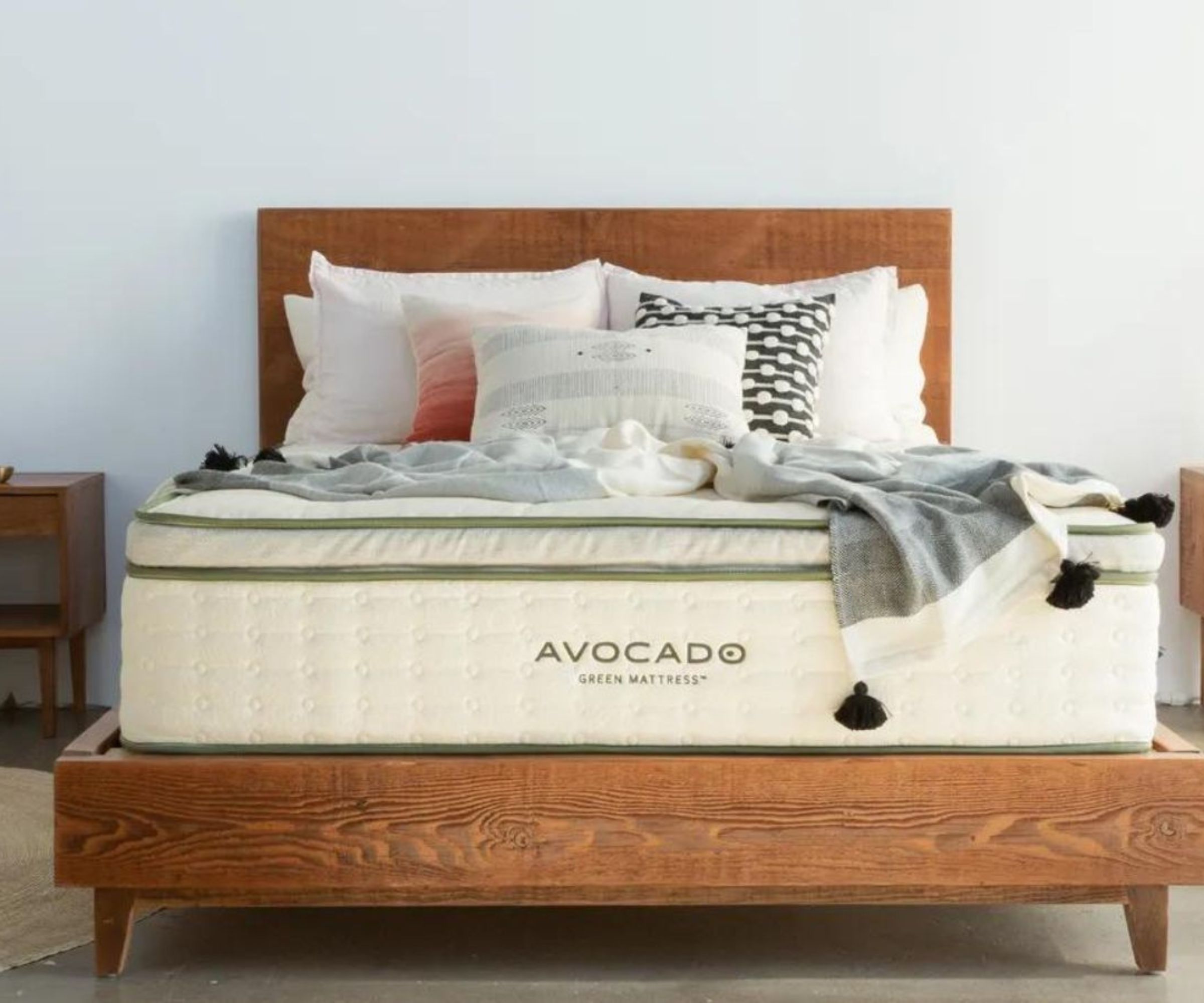
Before we begin, it always helps to define our terms. A latex mattress is made from the sap of rubber trees, which is frothed and baked into slabs of foam. Natural latex is free from harsh chemicals, so you know that you're breathing cleaner, healthier air while you sleep.
Many of the best organic mattresses are made from or with natural latex. There are multiple ways of making latex: Dunlop and Talalay are the most popular methods.
To make Dunlop latex, you take rubber sap and bake it in a vulcanization oven to produce dense, firm foam, with a bottom-heavy composition. Dunlop latex makes a great support core, but isn't as breathable or comfortable as Talalay latex.
To make Talalay latex, you pour rubber sap into a mold and use a vacuum to suck out all the oxygen. Then, you inject the sap with carbon dioxide. The result is soft and foamy, not unlike the feel of a memory foam mattress, only more breathable and sustainable. If any of these terms are new to you, don't worry: you can cross-check against our mattress jargon buster.
'Natural latex is a good fit for almost every type of sleeper, especially those looking for pressure relief,' says Byron Golub, Vice President of Product & Merchandising at Saatva. 'Springy and responsive, latex is made to bear your weight and mold to the shape of your body. Thanks to its open-cell structure, latex is naturally breathable, which makes for a cool and comfortable night's sleep. You'll find latex layers inside some of the best cooling mattresses, working hard to dissipate heat overnight.'
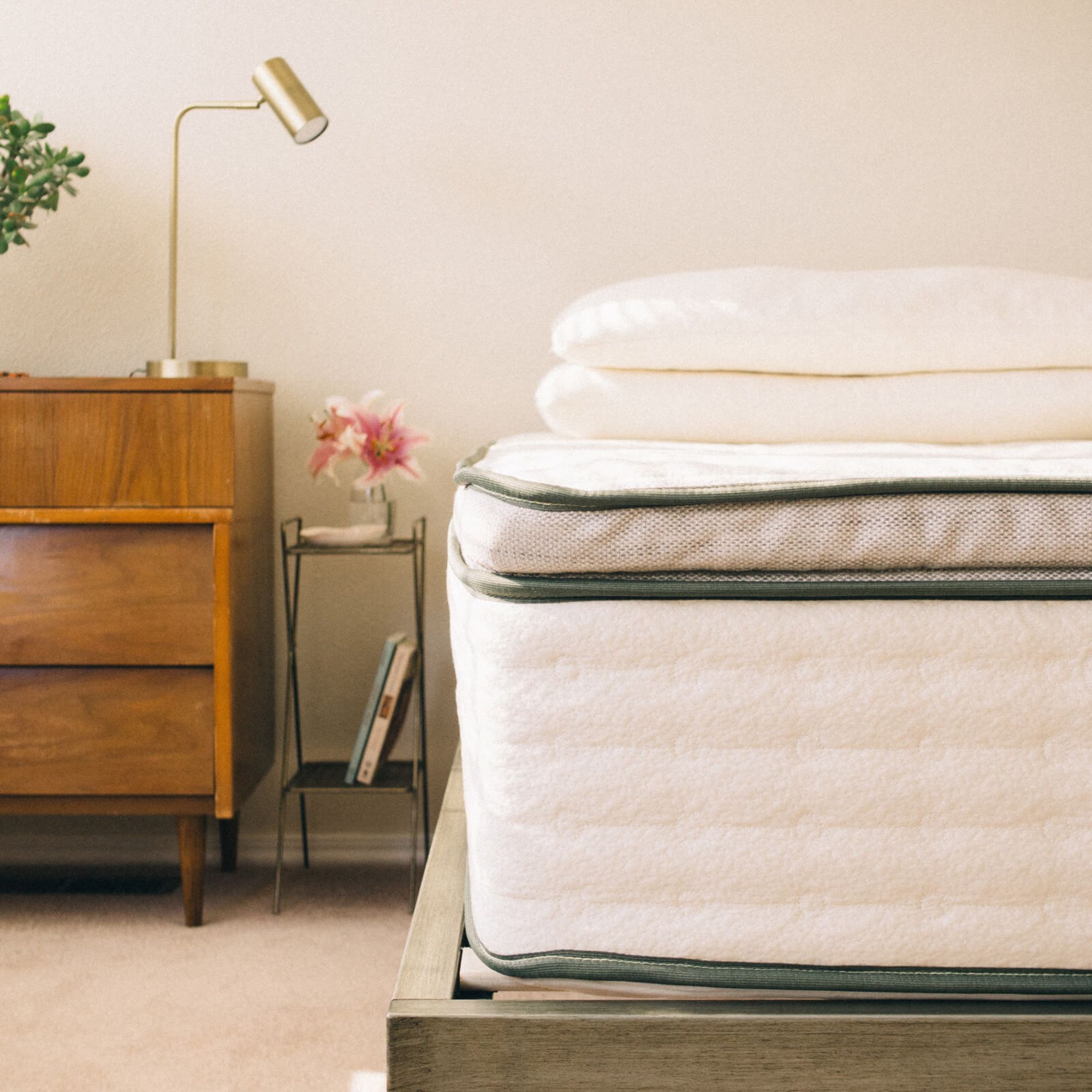
'The Avocado Green Mattress is the company’s flagship model, and it's also available in a Vegan option (sans wool),' says expert tester Antonia Santoro. 'It’s constructed of three main layers – two outer layers of GOLS-certified organic Dunlop latex, plus a support layer of pocketed coils in the middle that creates a breathable core and allows for plenty of air circulation.'
Read the full review: Avocado Green Mattress
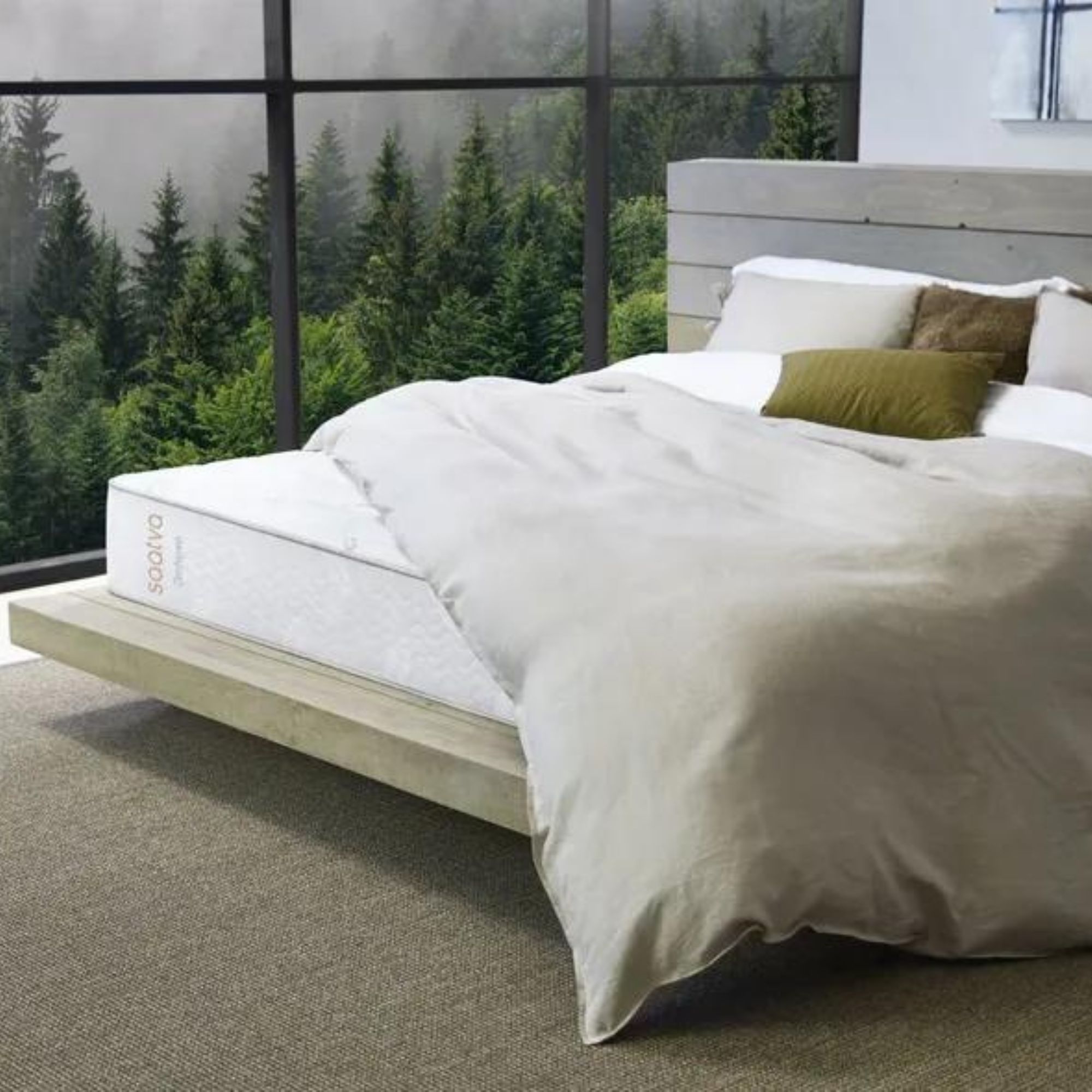
'The Saatva Zenhaven Natural Latex Mattress is dual-sided with flippable firmness,' explains expert tester Jill Waldbeiser: 'Gentle Firm on one side and Luxury Plush on the other. I tried both but I preferred the cushion of the Luxury Plush, though I like to have the option for more support, particularly when an old shoulder injury flares up.'
Read the full review: Saatva Zenhaven Natural Latex Mattress
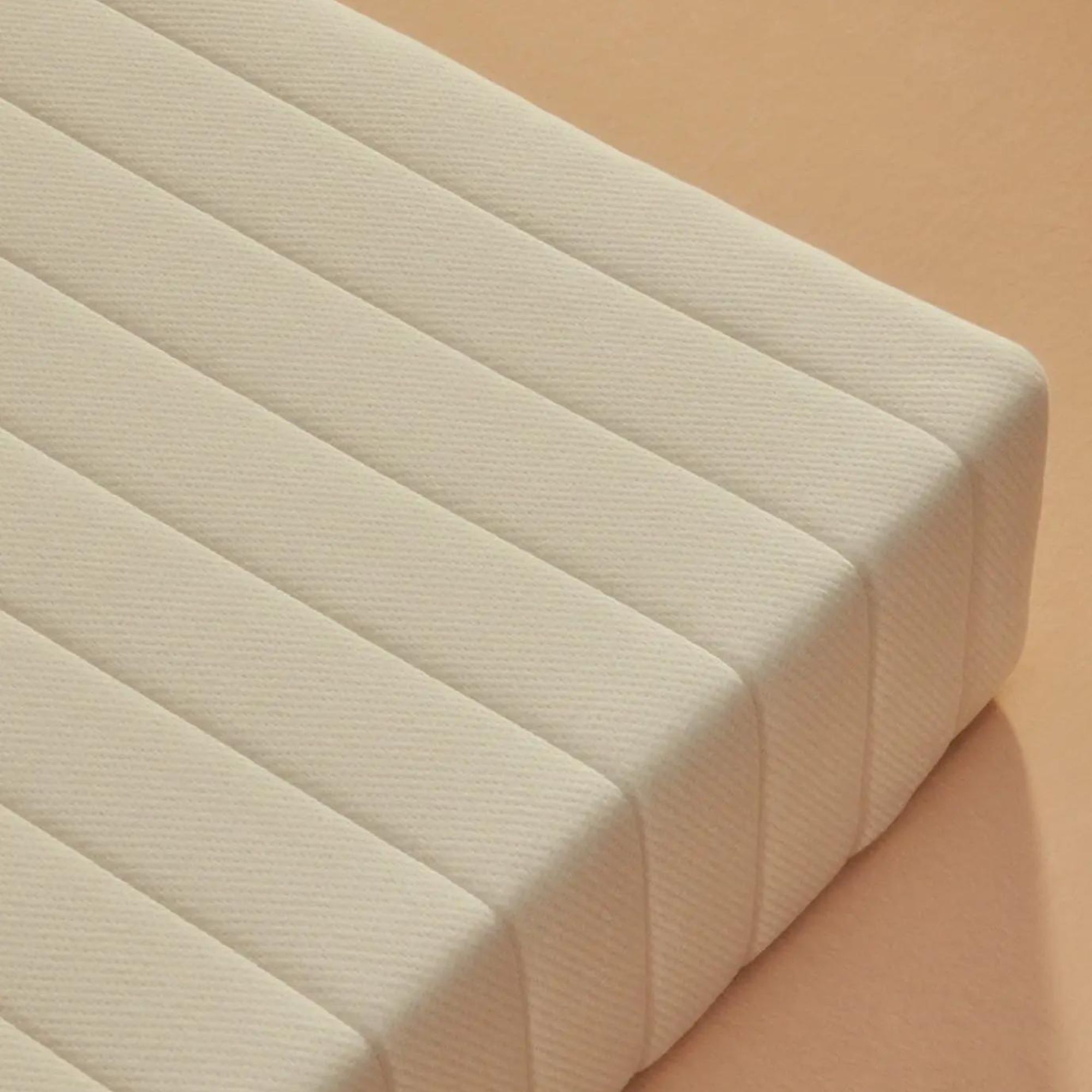
'This is the cheapest organic mattress we've ever tested,' says expert tester Alex Frost, 'and proof that you get what you pay for: the motion isolation leaves something to be desired. Still, I found the Earthfoam Organic Mattress provided great pressure relief around my hips and lower back.'
Read the full review: Earthfoam Organic Mattress
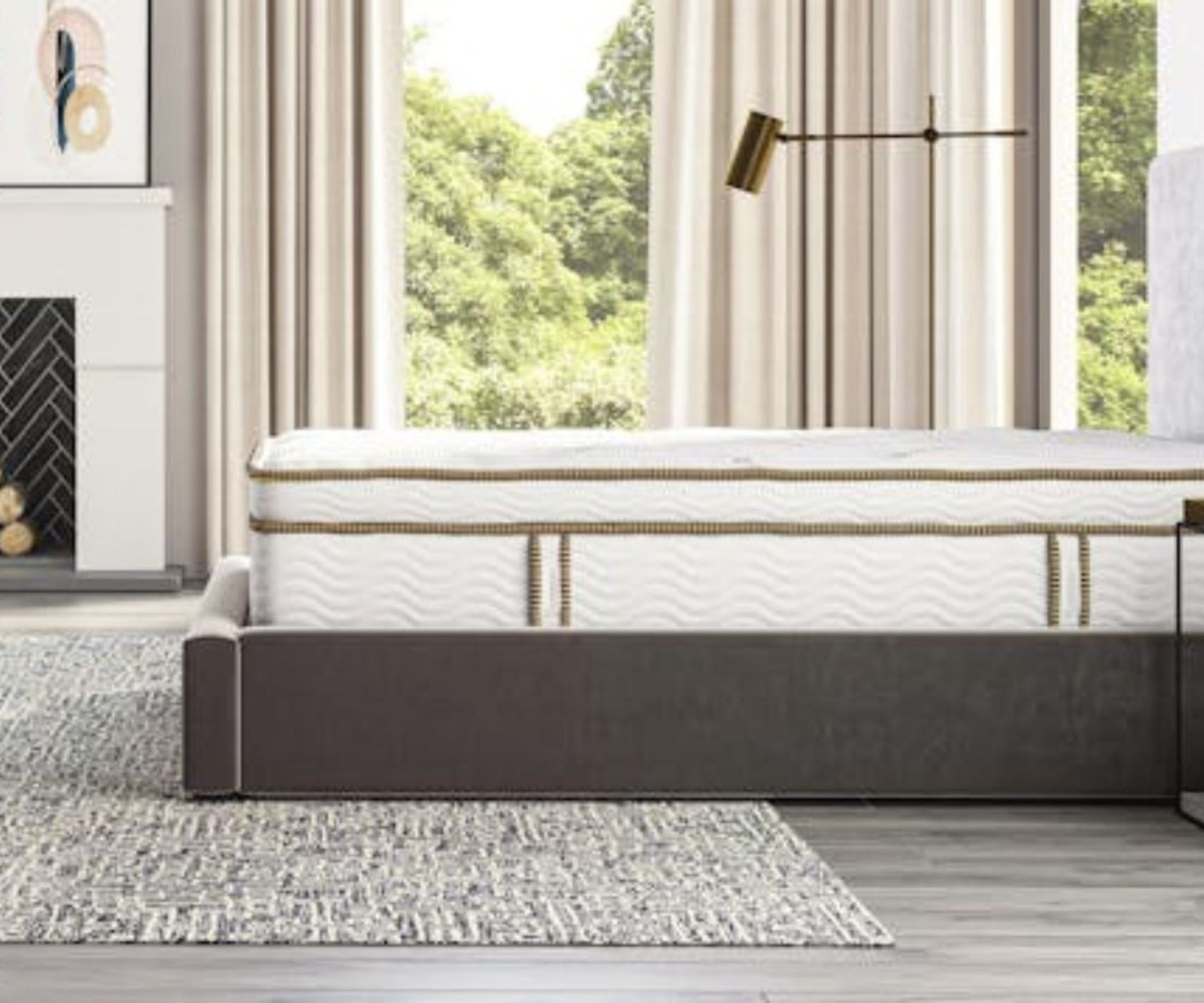
There's a lot to like about latex. According to Christina Heiser, Senior Content Manager at Saatva, 'latex mattresses have a responsive feel, similar to an innerspring, but they also contour to your curves like memory foam.'
Still, a latex mattress might not be the best fit for you if you're buying on a budget. It takes a lot of time and energy (and, consequently, a lot of money) to harvest latex. Many of the best luxury mattresses incorporate latex, which might put this eco material out of your price range.
'Most commonly available latex is actually synthetic or blended,' warns Jack Dell'Accio, CEO & Founder of Essentia Mattress, 'as mattress manufacturers try to cut corners and reduce costs.'
'Most mattress producers source latex foams with overly simple formulations, resulting in beds that feel too firm or too soft,' Jack continues. 'It's important to find a latex producer with adaptive formulations to make a more supportive mattress. The highest-performing products are GOLS-certified organic.'
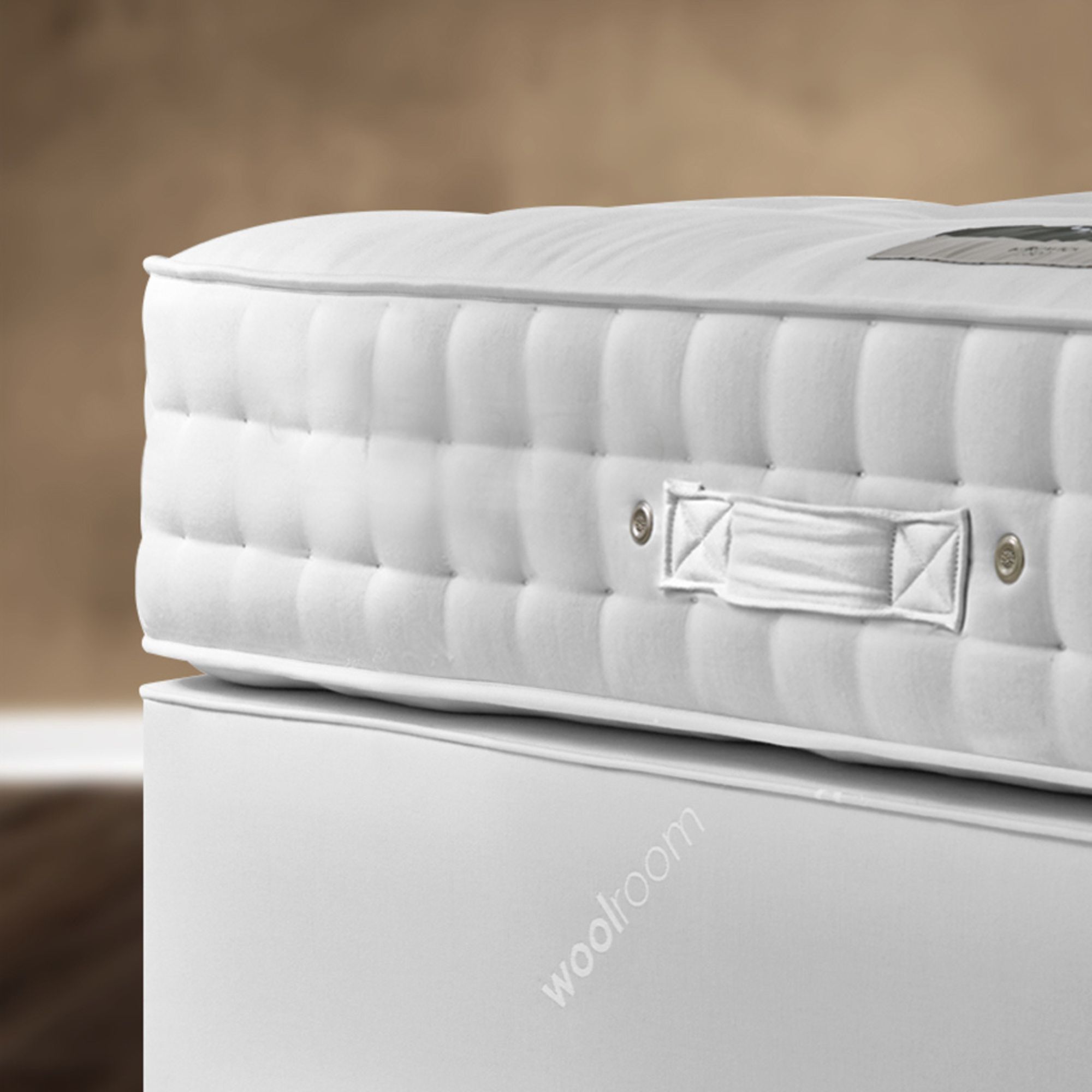
'The Woolroom Hebridean 3000 is a high-performance, high-quality mattress,' says News Editor Sophie Edwards. 'It's a great option for side sleepers, people with back pain, and those who tend to move a lot in their sleep, as it offers a firm, supportive base. The biggest drawback is the weight, which makes it difficult to flip and rotate the mattress.'
Read the full review: Woolroom Hebridean 3000 Mattress
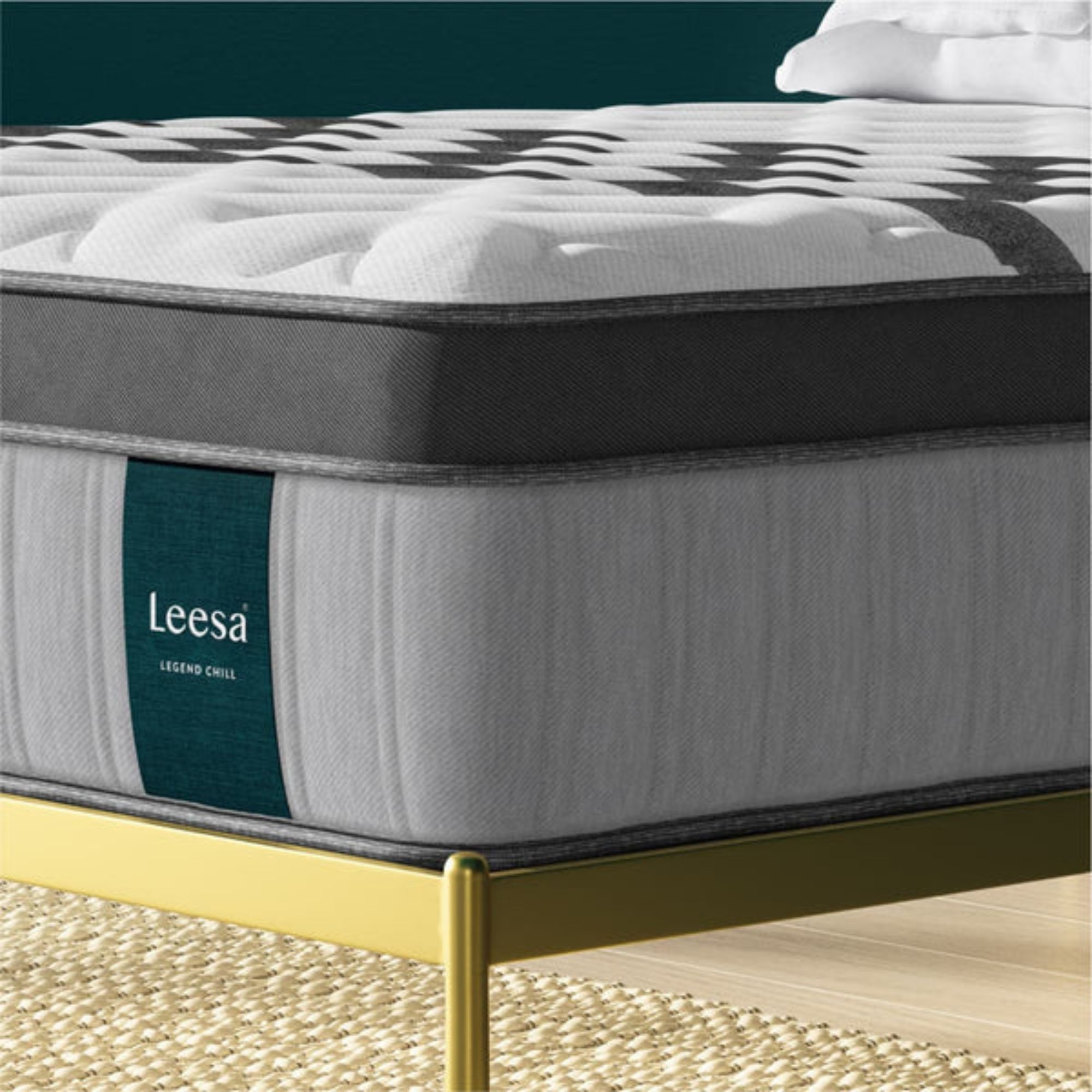
'I started testing the Leesa Legend Chill Hybrid Mattress on a hot day in late August,' recalls Head of Interiors. 'I couldn't wait to see if the lovely cooling effect of the first five minutes would translate to a restful night's sleep. Spoiler: my husband and I, plus our dog, (probably one of the reasons I overheat) had a great, sweat-free night's sleep.'
Read the full review: Leesa Legend Chill Hybrid Mattress
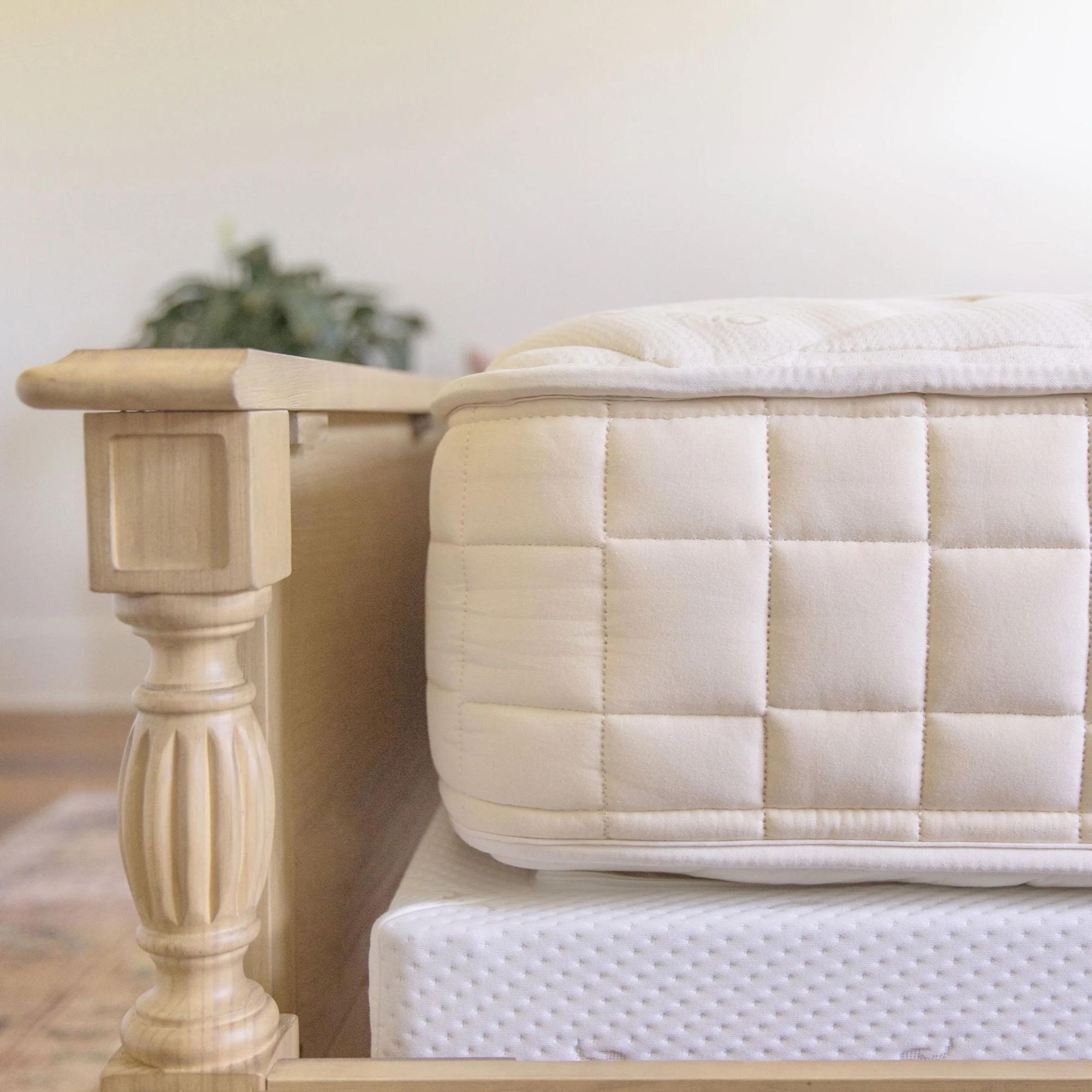
'The Naturepedic Chorus Mattress offers serious support in six layers,' says expert tester Courtney Irwin. 'Lined with eight inches of encased coils and topped with a micro-coil comfort layer, this is a medium-firm mattress, leaning towards the firmer side. The Naturepedic Chorus Mattress is made from organic materials, ethically sourced, so that you can rest easy.'
Read the full review: Naturepedic Chorus Mattress
Meet our experts
FAQs
What does a latex mattress feel like?
Where Dunlop latex feels firm and dense, better suited to a support core, Talalay latex is springy and responsive, the sort of material you find in comfort layers. Remember, you can always cross-check any unfamiliar terms against my mattress jargon buster.
Where can I buy a latex mattress?
It's a good question, because not many of the best places to buy a mattress stock latex models. I suggest you start your search with Saatva, before looking further afield to PlushBeds and Avocado.
How long does a latex mattress last?
'How long should a mattress last?' is one of the most common questions I get as a Sleep Editor. My answer varies from person to person, because it depends on the mattress material.
If you take good care of your latex mattress, it could last you as long as 20 years. Latex is naturally resilient, designed to mold to the shape of your body then bounce back once your weight is removed.
So, in answer to your original question: yes, it's good to sleep on latex. Naturally breathable for hot sleepers and responsive to support all sleep positions, latex is an eco-friendly option to suit (almost) everyone.
If you're still wondering, 'are organic mattresses a hoax?', you might appreciate our expert commentary.







